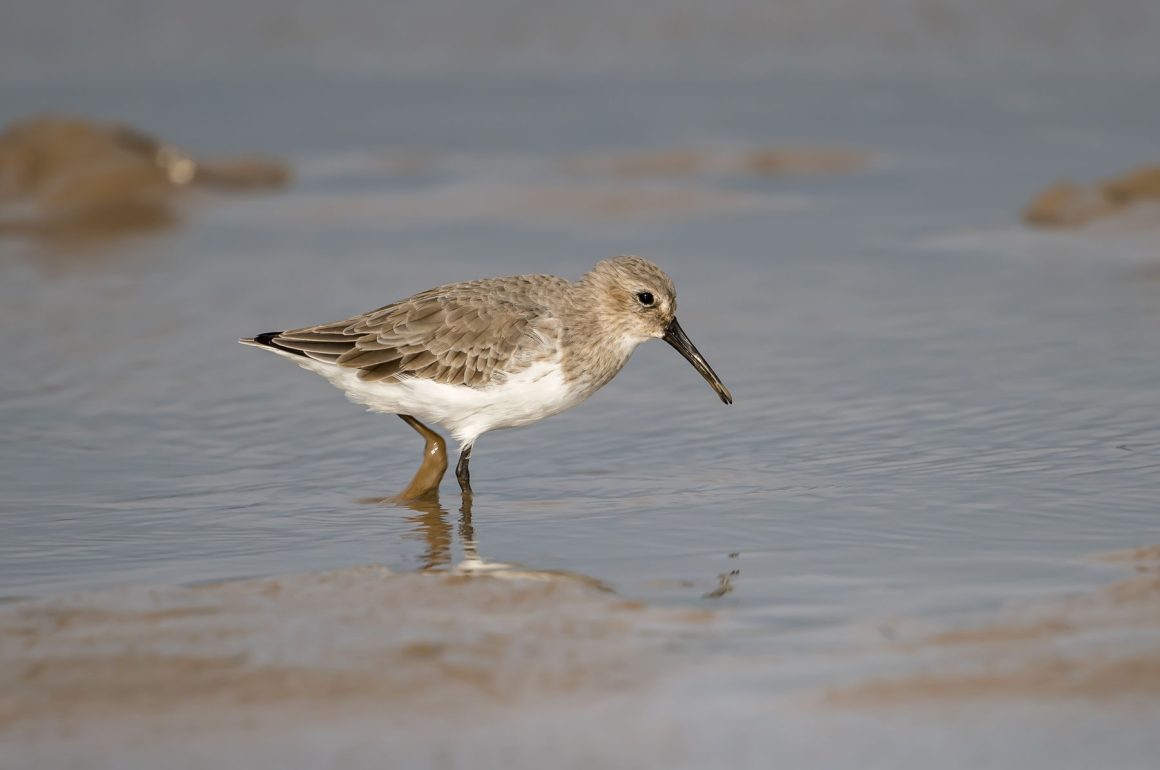
This post is about Dunlins, as seen in and around Shanghai in the autumn of 2024 – the usual mix of photos and some facts which I steadfastly refuse to call “fun facts”. While Dunlins are presumably not a species that gets the pulse of birders racing, I had two motivations to work on this post. One was that I took some decent photos of Dunlins recently – you will find them sprinkled throughout this post (“some sprinkle stuff”, JD Vance buying donuts). The other was a paper I encountered with the intriguing title “Individual Associations in a Wintering Shorebird Population: Do Dunlin Have Friends?”
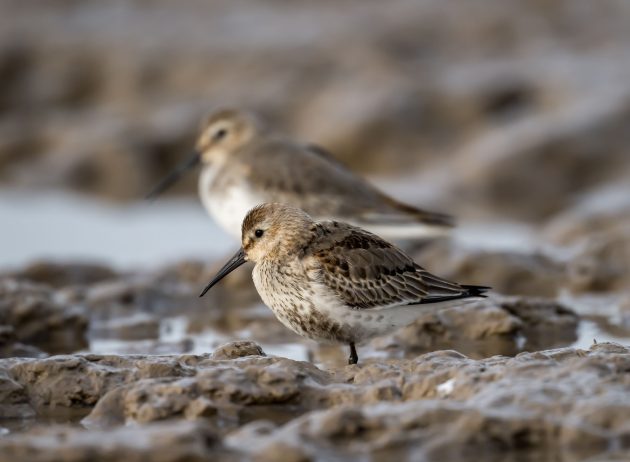
Friends?
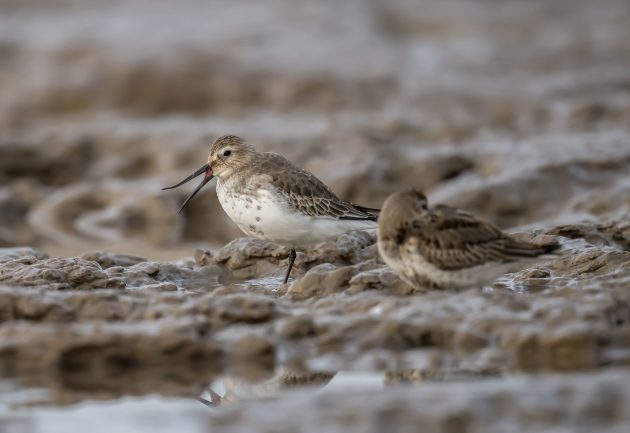
The first thing I learned from that paper – which I checked separately – is that the plural of Dunlin is indeed either Dunlin or Dunlins – both seem to be correct. Fascinating, isn’t it not?
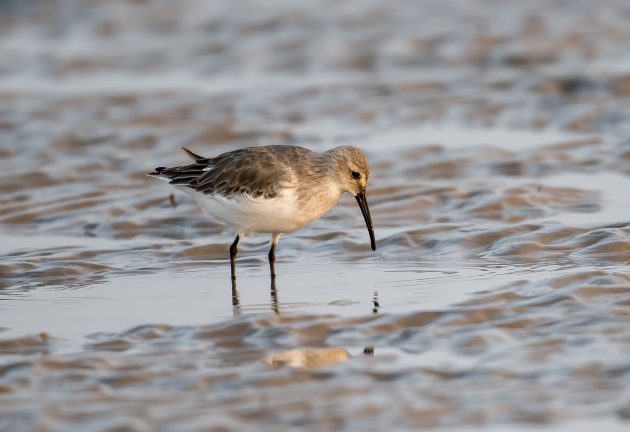
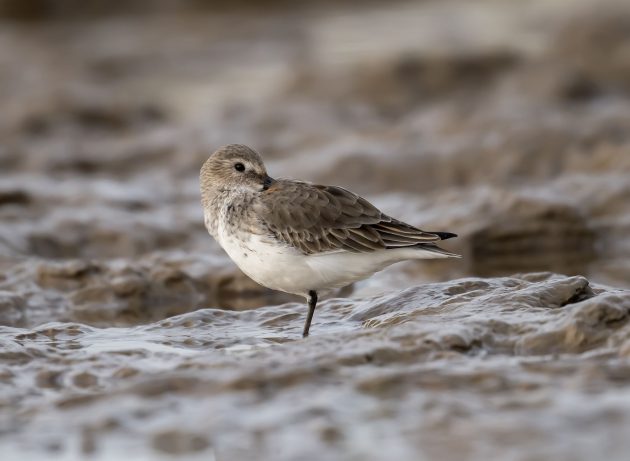
But yes, the question raised in the paper is intriguing. So, the researchers radio-marked Dunlins wintering at Humboldt Bay, California and checked how frequently two Dunlins roosted together or at least were part of the same flock. The result, in layman’s terms, unfortunately, is that Dunlins do not have friends. Which scientifically sounds as follows: “Our findings are consistent with predictions for a highly mobile, generally nonterritorial, long-distance migrant for which stable social associations have no clear benefit.”
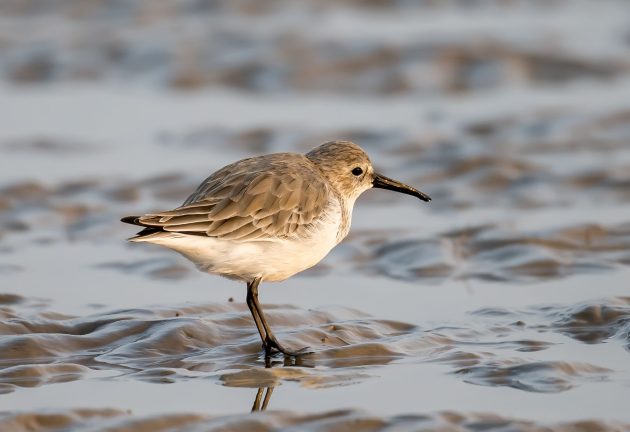
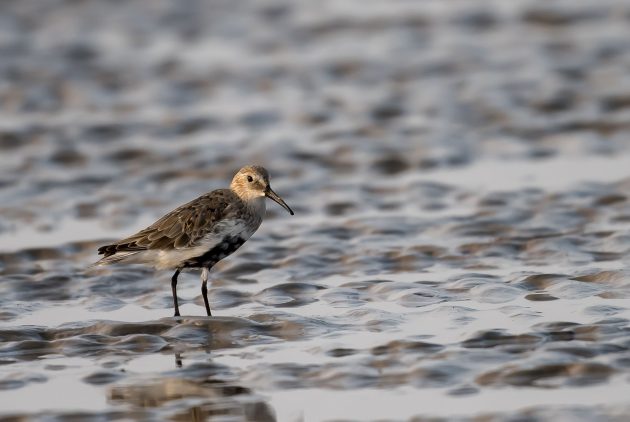
(This reminds me of how once when doing a postdoc at Berkeley, I mentioned taking a bus home after playing soccer with some friends, one offered to drive me home, explaining “If you take a bus, it means you have no friends”).
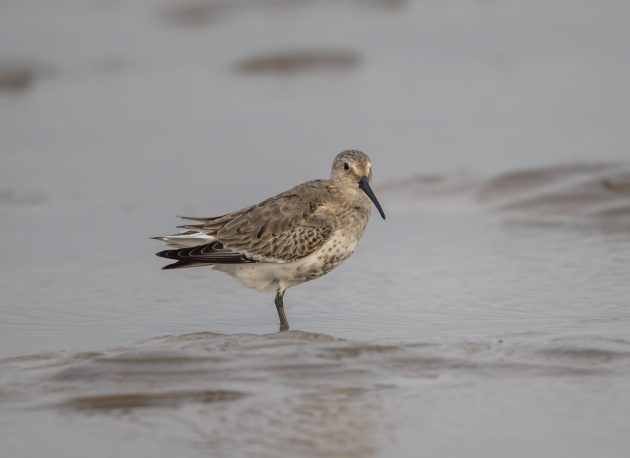
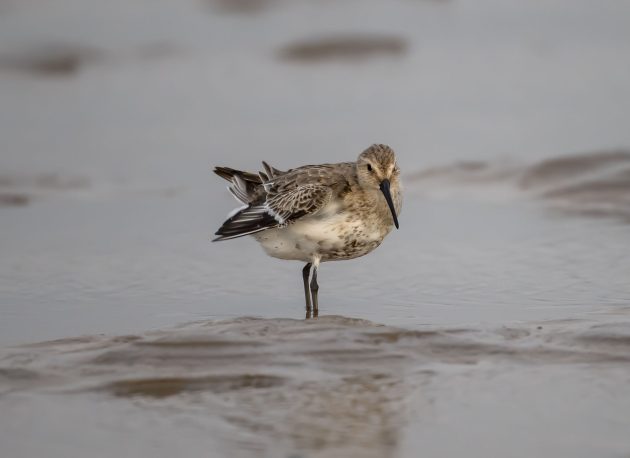
Back to our Dunlins, which despite not having friends rarely take buses. Some more semi-scientific information, unfortunately not all as relatable as the above.
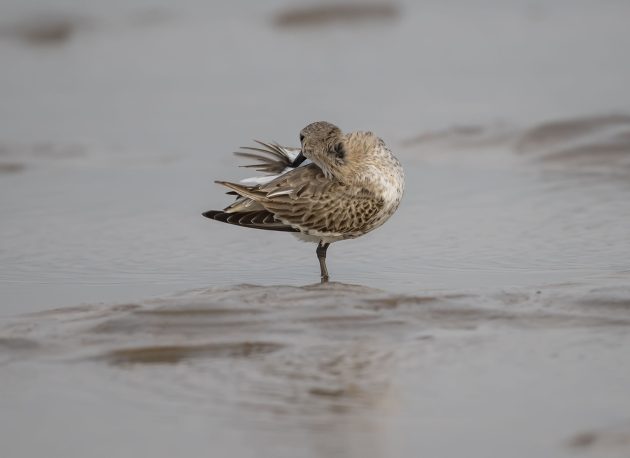
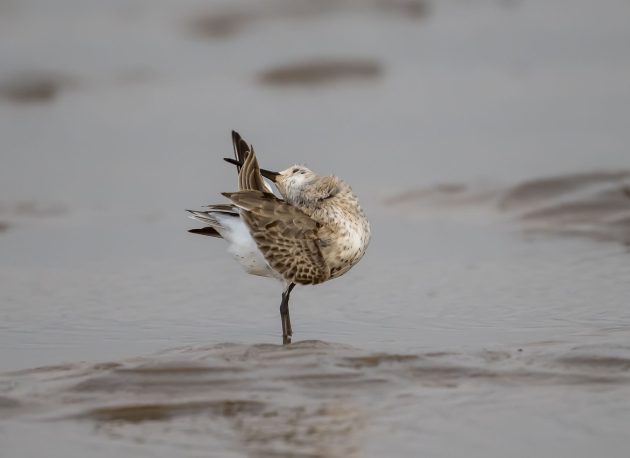
One would think that when feeding, Dunlins prefer those spots with the greatest density of prey. Indeed, this is the case for those individuals feeding by sight – but that is only a minority. Most of the Dunlins examined in a paper fed using touch to locate prey in the softest mud. As a consequence, they prefer areas with softer mud, which is more easily penetrated by their bill, making the prey easier to catch. So, “wetter is better” seems to be their rule of thumb when searching for food. A bit like searching for your lost keys where the light is good, not where you likely lost them.
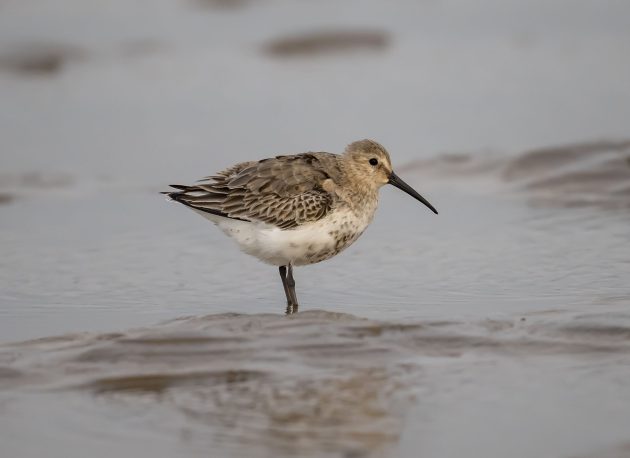
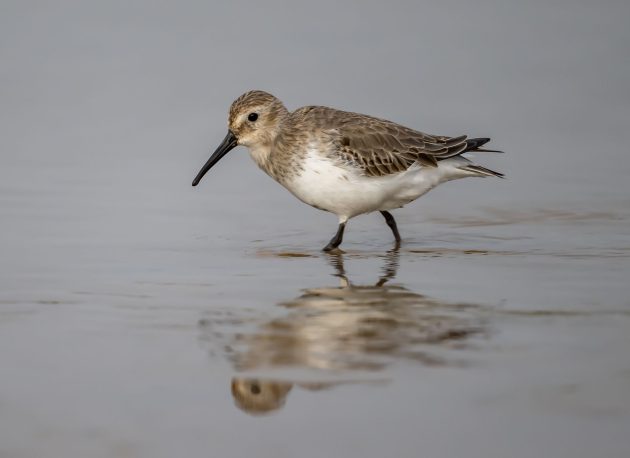
Another paper – incidentally researched at Chongming, Dongtan, also part of Shanghai – ranked broader locations by Dunlin preference. Tidal mudflats are best followed by aquaculture ponds, while agricultural croplands get a very low rating by Dunlin influencers.
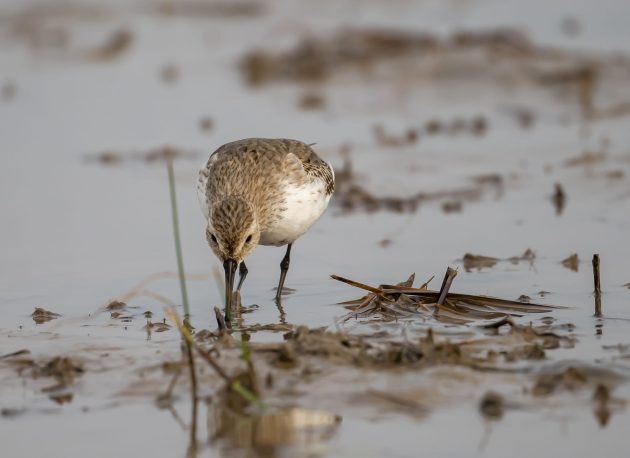
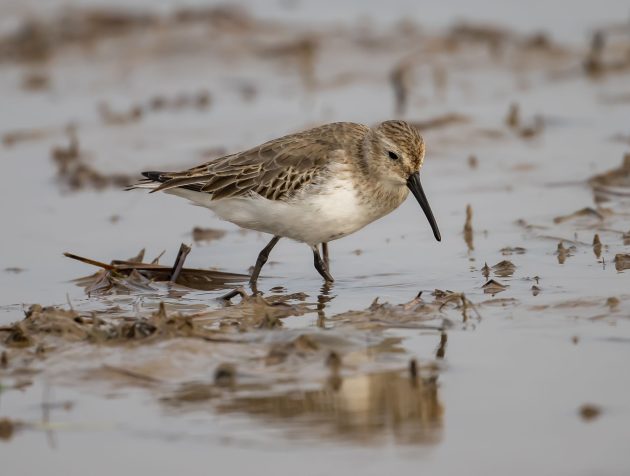
Worse than agricultural croplands are agricultural croplands containing wheat seeds treated with strychnine. 36 Dunlins died of strychnine poisoning in Yolo County, California in 1990 (source).
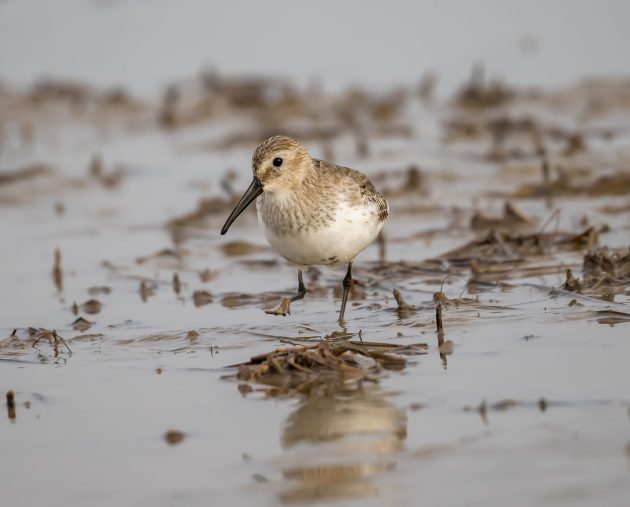
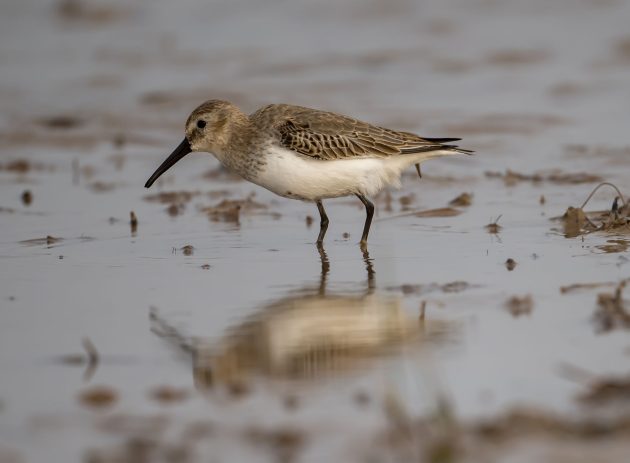
It seems the name Dunlin itself is a bit of an insult. According to Allaboutbirds, “The name Dunlin comes from Dunling, the earliest known English name of the species, which dates back at least as far as 1531. Dunling is a compound of the English word dun (meaning grey-brown) and the diminutive -ling. So the name Dunlin essentially means ‘little brown job’.”
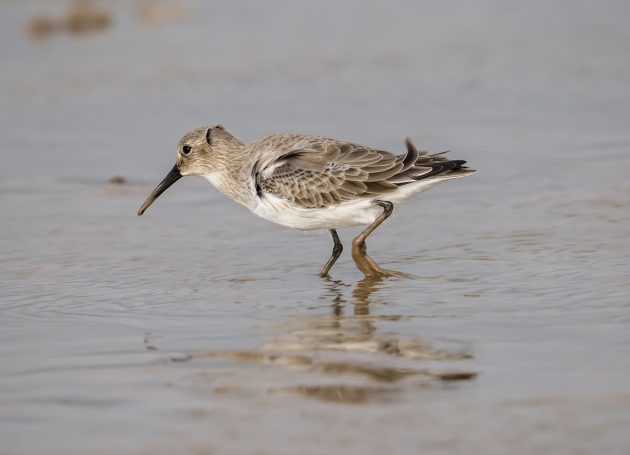
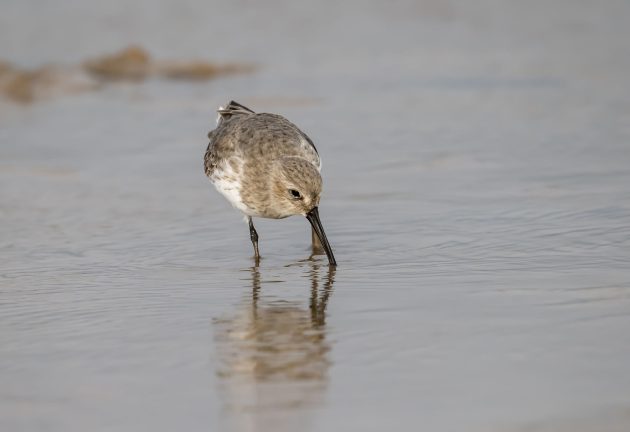
Or to put it in a very lame joke: “Who put the Duh in Dunlin?”
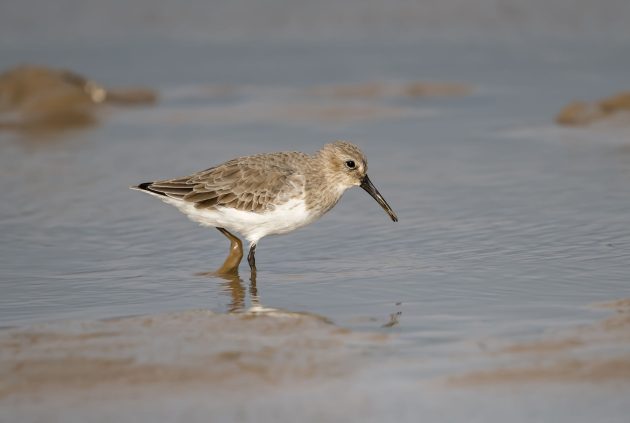
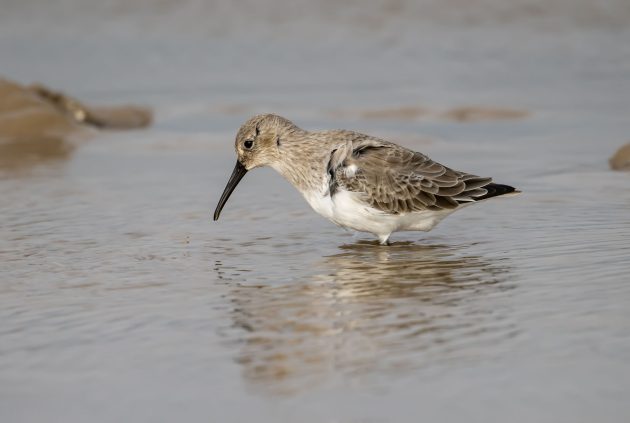
Despite this underappreciation, many Dunlins are still very capable of enjoying their lives, as the next photo shows (I am writing this with the knowledge that I will have to look up the spelling of the word “anthropomorphizing” right afterward).
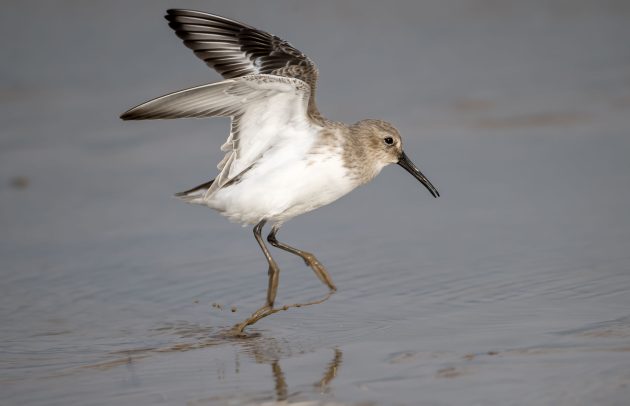
Finally, researchers filmed flying flocks of Dunlins and identified two main maneuvers. One is a course-change movement in which the entire flock alters its course, and the other a rotation movement in which individual birds rotate on their axes without necessarily changing direction. Both can make a flock’s overall appearance shift suddenly from light to dark as the birds orient different parts of their plumage toward the observer.
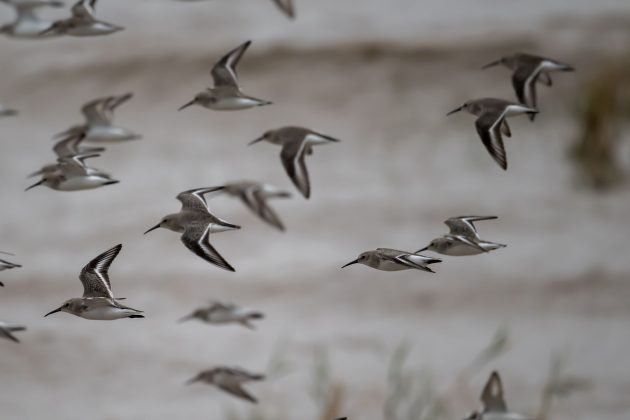
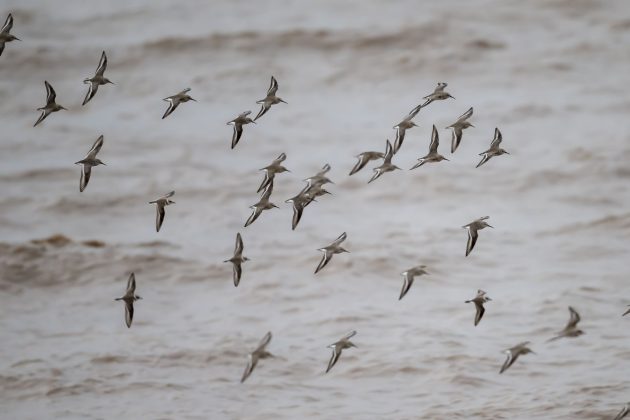
And how long does this take? On average, 196 milliseconds. With such a fast lifestyle, it is not surprising they don’t have friends.











Thanks for sharing.
Am I the only friend dunlins have? I doubt it… Collins mentions dunlins as a good reference for identifying waders – they are in the “middle” and relatively easy to identify themselves. When I see them in their thousands in Portugal it makes me happy. I don’t think they see me as a friend though… more a platonic friendship. More research is needed.
“More research is needed” is the equivalent of “the dog ate my homework” (for students), “what solvent did you use?” for chemists, and “concepts of a plan” for Mr. Trump …
Little Brown Jobs are not Dunlins. Those of us old enough to remember president Lyndon Baines Johnson know that Little Brown Jobs are simply LBJs.
Unfortunately, I will probably not live long enough to forget Mr. Concepts of a Plan.
From the 3rd photo in your essay, who would have thought that the Droopy Dunlin bill could turn upwards. Thanks for sharing your excellent photos … and I appreciate your witty sryle, although I may be the only one. 😉